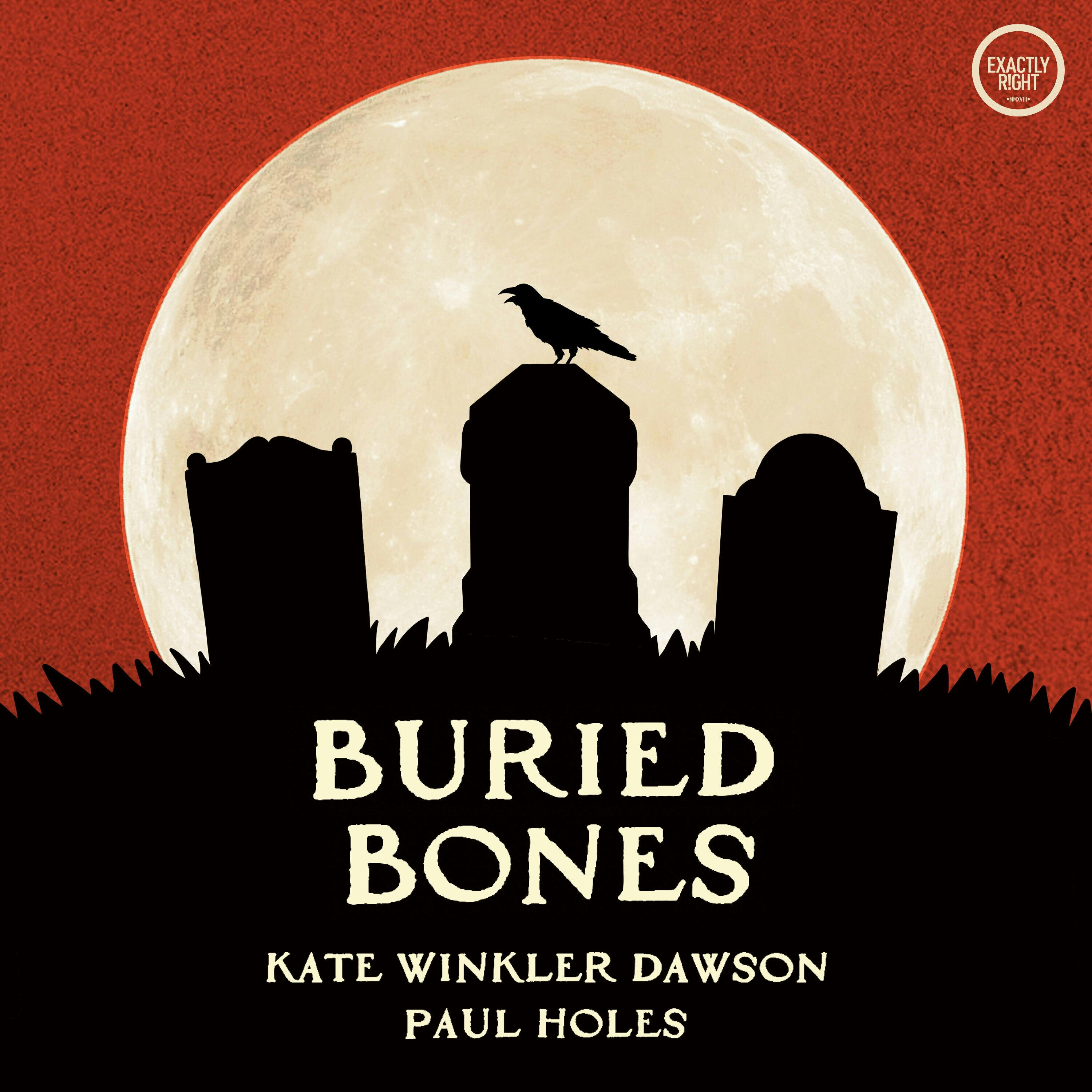Razor’s Edge
In this week's episode, Kate and Paul head to 1921 Portland, Oregon where a father is murdered and witness statements paint a confusing picture. With all the evidence collected and the police-work of the era, will there be enough to convict the suspect of the crime?
Press play and read along
Transcript
Transcript is processing—check back soon.
Buried Bones - a historical true crime podcast with Kate Winkler Dawson and Paul Holes — Razor’s Edge
